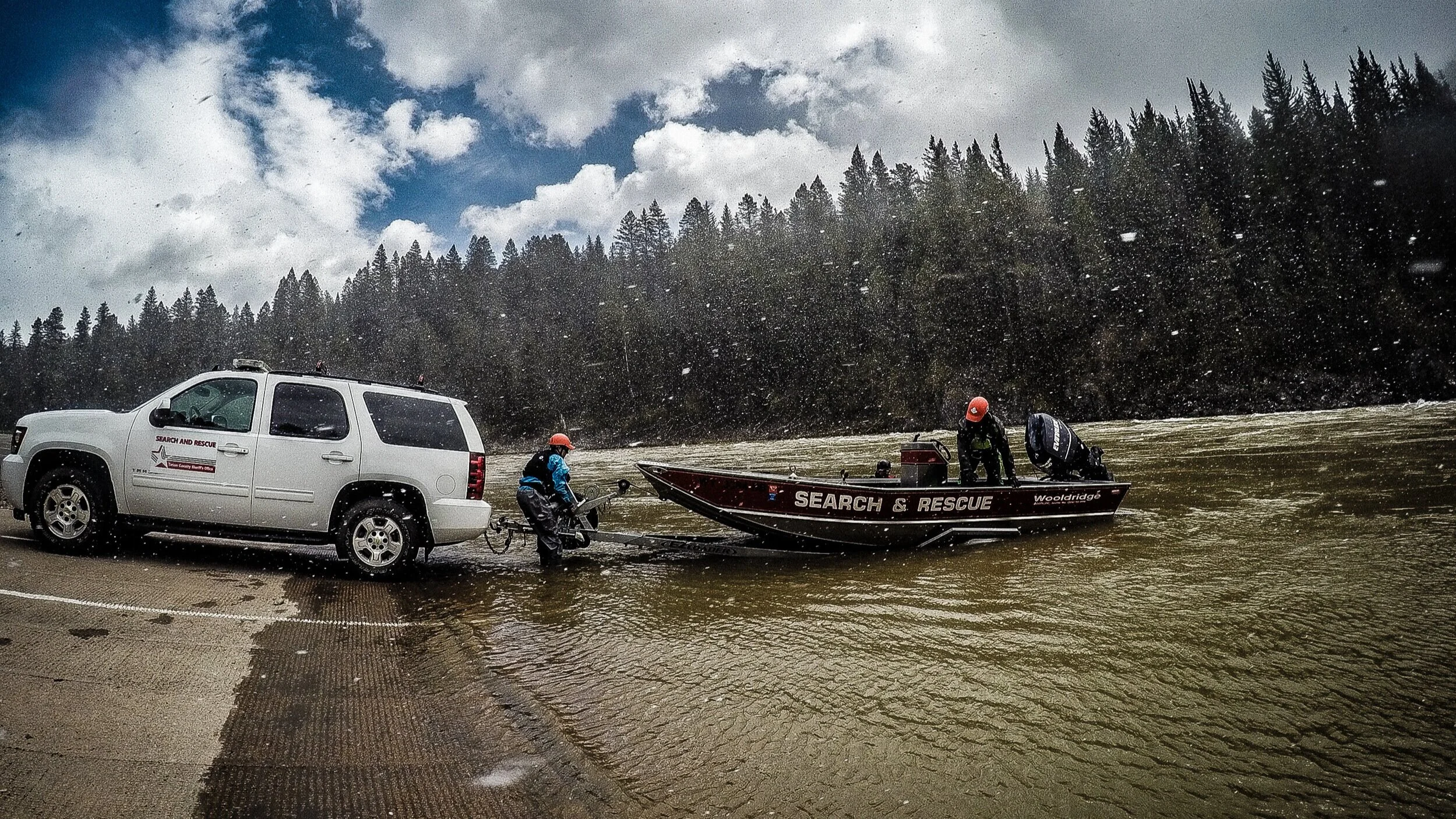The following essay was written by TCSAR Foundation Communications Director Matt Hansen, and published in the Jackson Hole News & Guide on May 6, 2020.
If there’s one thing these weeks of isolation have taught us, it’s that we shouldn’t take for granted the things we hold most dear. Though it shouldn’t take a global pandemic to make us appreciate family, friends and a healthy supply of toilet paper, it’s easy to get caught up in the daily stresses of paying bills, getting to work on time, making sure the kids are doing well at school and having enough energy to get up and go on the next powder day.
The pandemic has also shown us how important it is for our community to have accessible backcountry. With the ski areas and Grand Teton National Park closed, U.S. Forest Service trailheads are setting records for user days. Recreating on public lands has always been integral to the culture and economy of Jackson, and it will continue to be when this pandemic finally fades.
Throughout the health crisis Teton County Search and Rescue has been in a unique position to assess those values. As first responders the team of 36 volunteers is acutely aware of the risks of being exposed to the virus. But they also recognize how important backcountry use is to everyone’s mental and physical health during difficult times. Throughout the past few weeks I’ve often run into Search and Rescue team members up on Snow King, Teton Pass or Cache Creek, each sporting hearty smiles. For them, accessing the backcountry is a way to help balance work, family and life while staying ready to respond to emergencies.
“By far the best tool is a team working together toward a common goal. A close second is a rescue-ready helicopter. The speed of a helicopter allows the team members to be quick and concise, access rugged terrain and reduce their own risk in the field.”
Search and Rescue volunteers are also extremely cognizant of how important family is, as they have seen the raw, life-altering grief that occurs when a loved one doesn’t come home from the mountains. They’ve also experienced the outpouring of love when they are able to reunite people with their family.
It is through this lens that the team tries to find the best tools for saving lives. By far the best tool is a team working together toward a common goal. A close second is a rescue-ready helicopter. The speed of a helicopter allows the team members to be quick and concise, access rugged terrain and reduce their own risk in the field.
To meet the needs of our community, Teton County Search and Rescue has long sought year-round emergency helicopter service. This past fall Search and Rescue, through the Sheriff’s Office, brought in a new heli program with that direction in mind. The improved program means the county uses the same helicopter and pilot as the National Park Service and Bridger-Teton National Forest during the summer months, which enables a seamless transition between the seasons. Other benefits include enabling volunteers to train with local ski patrols in the fall so the teams are ready to work together before ski season begins.
But helicopters are expensive, and the TCSAR Foundation, which supports the volunteers, needs to raise private donations in order to maintain this life-saving service in the months of April/May and October/November. The foundation has already received $80,000 from generous donors that will now be used to match all donations until the end of May. To meet our goal we are relying on the community to help us raise another $80,000 during our annual “Heli-Yes!” campaign. Every donation helps, no matter how small, and it all goes toward saving lives.
So why do we need an offseason rescue helicopter, and why is it worth supporting?
“In 2019, community support of Heli-Yes ensured the helicopter’s readiness during that critical period and helped save the lives of four people. They were skiers, hikers, and hunters — people with families.”
Teton County Search and Rescue averages 80 to 100 callouts a year, with approximately 20 to 25 helicopter missions. Spring and fall account for about one-fifth of all helicopter operations, but you don’t have to be an old-timer to recognize how much busier our offseasons have become. Spring ski mountaineering in the Tetons has grown so popular that one of the many hazards skiers now face is other skiers. In 2019, community support of Heli-Yes ensured the helicopter’s readiness during that critical period and helped save the lives of four people. They were skiers, hikers, and hunters — people with families.
One of them was Preston Reidy, a 24-year-old who lives in Telluride, Colorado. On Oct. 16 he and his girlfriend, enjoying a road trip before the start of winter, had set up a hammock on a couple of trees near Amphitheater Lake in Grand Teton National Park. They were relaxing among the grandeur when one of the trees broke, hit Reidy in the head and sent him into a seizure. The TCSAR helicopter was able to extract him via short-haul right before nightfall, quickly concluding a rescue that would have taken a ground team several hours. Reidy knows things could have turned out differently.
“Without having a helicopter in the offseason,” he said, “I could’ve died or been permanently disabled.”
During these uncertain times we are aware of the difficulties of asking people to support a rescue helicopter when they are also trying to pay rent and put food on the table. But as we all know, the Jackson Hole backcountry is going to continue to be a huge part of our culture and economy, and we need to be prepared as a community to respond to accidents. By having a rescue-ready helicopter throughout the year, Teton County Search and Rescue will be able to save more lives. When it comes to the Jackson Hole backcountry, there is no offseason.






